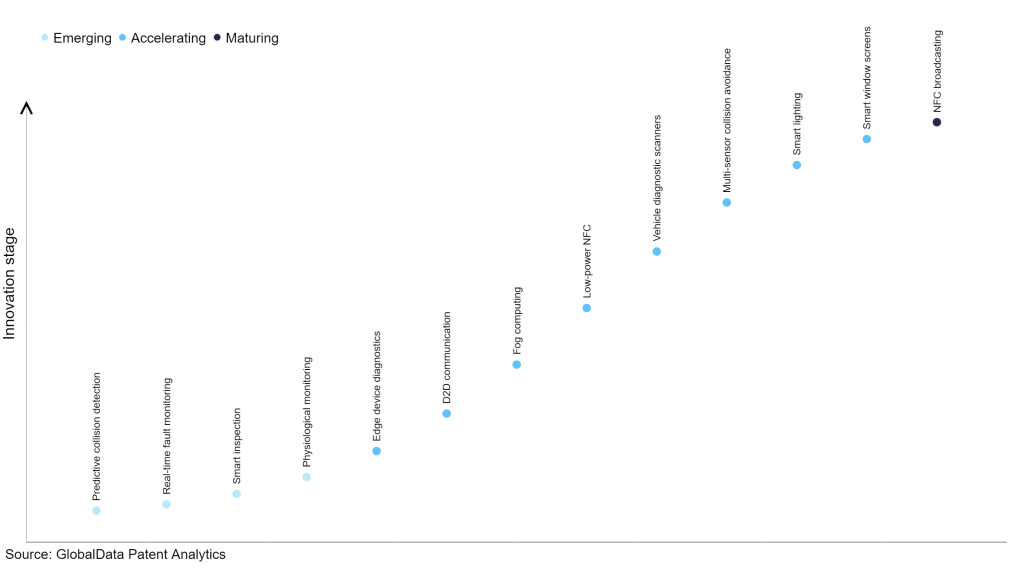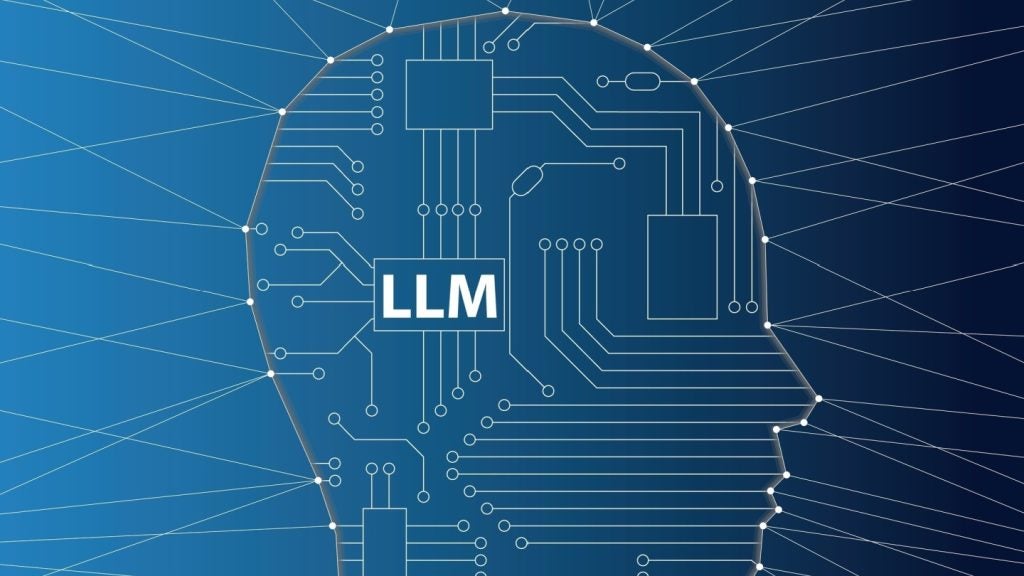The technology industry continues to be a hotbed of patent innovation. Activity is driven by the increasing complexity of modern vehicles necessitating advanced diagnostic solutions to effectively identify and address issues. Secondly, the demand for proactive maintenance and predictive analytics in the automotive sector has surged, leading to greater adoption of IoT-enabled diagnostic scanners. The growing importance of technologies in IoT-based vehicle diagnostic scanners including wireless connectivity protocols such as Bluetooth, Wi-Fi, and cellular networks, as well as cloud-based platforms for data storage and analysis provides valuable insights into the health and performance of vehicles. In the last three years alone, there have been over 4.1 million patents filed and granted in the technology industry, according to GlobalData’s report on Internet of Things in technology: vehicle diagnostic scanners. Buy the report here.
However, not all innovations are equal and nor do they follow a constant upward trend. Instead, their evolution takes the form of an S-shaped curve that reflects their typical lifecycle from early emergence to accelerating adoption, before finally stabilizing and reaching maturity.
Identifying where a particular innovation is on this journey, especially those that are in the emerging and accelerating stages, is essential for understanding their current level of adoption and the likely future trajectory and impact they will have.
190+ innovations will shape the technology industry
According to GlobalData’s Technology Foresights, which plots the S-curve for the technology industry using innovation intensity models built on over 1.5 million patents, there are 190+ innovation areas that will shape the future of the industry.
Within the emerging innovation stage, real-time fault monitoring, smart inspection, and physiological monitoring are disruptive technologies that are in the early stages of application and should be tracked closely. Edge device diagnostics, D2D communication, and fog computing are some of the accelerating innovation areas, where adoption has been steadily increasing. Among maturing innovation areas is NFC broadcasting, which is now well established in the industry.
Innovation S-curve for Internet of Things in the technology industry

Vehicle diagnostic scanners is a key innovation area in Internet of Things
Vehicle diagnostic scanners are electronic tools employed to identify and resolve issues in vehicles encompassing areas such as engines, brakes, fuel systems, and electrical systems. Typically, these devices establish a connection with the vehicle's onboard computer through an OBD-II port, furnishing comprehensive data regarding the vehicle's state. In addition to this, certain diagnostic scanners offer supplementary features like service light reset, code reset, and module reprogramming.
GlobalData’s analysis also uncovers the companies at the forefront of each innovation area and assesses the potential reach and impact of their patenting activity across different applications and geographies. According to GlobalData, there are 120+ companies, spanning technology vendors, established technology companies, and up-and-coming start-ups engaged in the development and application of vehicle diagnostic scanners.
Key players in vehicle diagnostic scanners – a disruptive innovation in the technology industry
‘Application diversity’ measures the number of applications identified for each patent. It broadly splits companies into either ‘niche’ or ‘diversified’ innovators.
‘Geographic reach’ refers to the number of countries each patent is registered in. It reflects the breadth of geographic application intended, ranging from ‘global’ to ‘local’.
Patent volumes related to vehicle diagnostic scanners
Source: GlobalData Patent Analytics
Snap-on is the leading patent filer in vehicle diagnostic scanners, followed by Hyundai Motor and Honda Motor. Other prominent patent filers in the space include Toyota Motor, Autel Intelligent Technology, and Kia.
By geographic reach, eBay leads the pack, followed by Airbiquity and Sumitomo Electric Industries. In terms of application diversity, Geotab holds the top position, followed by KDDI and Midtronics.
IoT innovation has revolutionized vehicle diagnostic scanners, enabling advanced capabilities and transforming the automotive industry. These smart scanners utilize IoT technology to wirelessly connect with vehicles and gather real-time data on their performance, allowing for efficient and accurate diagnostics.
To further understand the key themes and technologies disrupting the technology industry, access GlobalData’s latest thematic research report on Internet of Things.
Data Insights
From

The gold standard of business intelligence.
Blending expert knowledge with cutting-edge technology, GlobalData’s unrivalled proprietary data will enable you to decode what’s happening in your market. You can make better informed decisions and gain a future-proof advantage over your competitors.







